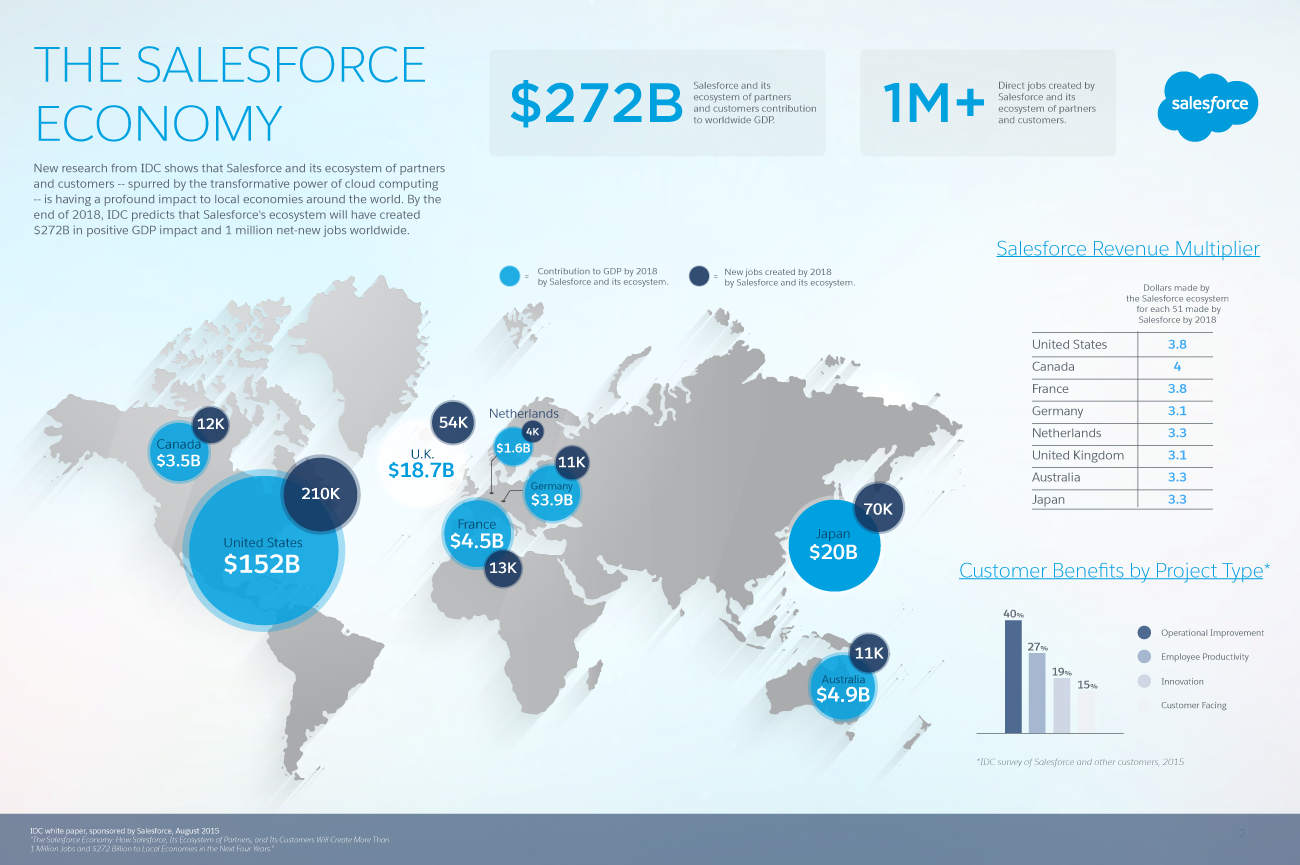
Get your FREE 30-day trial.
Start by selecting a product:
Having been a part of the tech industry for the last two decades I’ve witnessed some pretty incredible industry milestones – from the emergence of cloud, to the proliferation of smartphones and the rise of the sharing economy. One of the most fascinating developments in recent times is the emergence of the ‘unicorn’ – a creature of startups’ fantasies and a mascot for disruptive change.
It’s hard to imagine that if we rewind back to just less than a decade ago, when cloud computing was starting to get traction amongst professional IT circles, it was largely met with hostility and labelled as an on-the-cheap threat to governance, a plague on hardware providers, a job-killing threat to high-skill and high-wage jobs.
While the industry at large may not have realised it, in the garages of aspiring entrepreneurs – those with big dreams but little capital – business ideas were being born on the cloud.
Many of these businesses have gone on to become unicorns, disrupting entire industries and setting the new normal for how people consume information, procure goods and services and engage with one another.
Cloud has been the inherent enabler of this phenomenon. Its low entry cost and immense scalability has fuelled the growth of the worlds’ biggest startups, it has enabled the development of apps that have become part of our every day lives, and it has made these apps instantly accessible via cloud-connected mobile devices. It has spurred new and lean business models, free from massive and expensive technology infrastructures.
Contrary to the fears around cloud shrinking the economy, a new study from analyst firm IDC, finds that the cloud has had an enormously positive economic impact today - and will do so for years to come.

The innovation capacity
What do we mean by innovation capacity and how does the cloud enable this? According to the study, cloud computing provides organisations with a surplus in terms resources, capital and talent. For instance, it can free IT departments from systems maintenance and routine upgrades which plague 71 per cent of companies surveyed globally. This surplus – if leveraged correctly, converts into innovation capacity.
Innovation capacity means that people and budgets can be shifted to high-value business priorities like creating new consumer-facing apps, new cloud-based services, or even entirely new business models built on analytics or the Internet of Things.
For startups, innovation capacity is the secret sauce for building lean, disruptive business models. For existing organisations, it is the critical path towards digital transformation, increased competitiveness and becoming customer centric companies.
The economic impact on Australia
The report highlights a healthy mix of new business projects driven by the excess innovation capacity freed by the cloud, ranging from customer-facing work, to operational improvements and productivity enhancements. The diversity of this innovation - often delivered directly by IT back to the business - is not only remarkable, but also elevates IT from the server room back to the board room for the first time in years.
The importance of this paradigm shift is not just the improvement in the capacity of individual employees, but also of the business itself. The economic benefits of this for Australia are significant. The report highlights that 9,914 direct new jobs were created in 2015 with a further 18,706 jobs forecasted by 2018. In terms of contribution to GDP in Australia, the revenue from the use of cloud computing was $1.8 billion in 2015 and is forecasted to contribute $3.6 billion by 2018.
While public cloud expenditure has surpassed $50 billion worldwide last year, it still represents less than 3% of total spending on IT. There’s still a long way to go, with the benefits for businesses who adopt cloud to discover a surplus of innovation capacity.
What’s next?
What excites me most about innovation capacity is the space and freedom it gives for organisations to look outwards to build relationships, transform their business, reach new markets and find new ways of doing things that can create a whole new innovation supply chain.
It opens up opportunities to create open innovation platforms that facilitate interactions, cross-learnings and innovation exchanges between diverse groups – from corporates to startups to government.
Right now an important shift is happening: startups have moved up from the underground and are disrupting industries; enterprises are starting to make their digital transformation ambitions a reality; and governments are finally catching up with citizen-centric engagement.
When Salesforce started in 1999 we had a vision for what cloud could deliver for the enterprise and for economies around the world. We’re proud of the impact cloud has had on the Australian market today and will have in years to come. This is just the tip of the iceberg and we can’t wait to see how organisations not only leverage but increase their innovation capacity.
Download the full IDC report here: